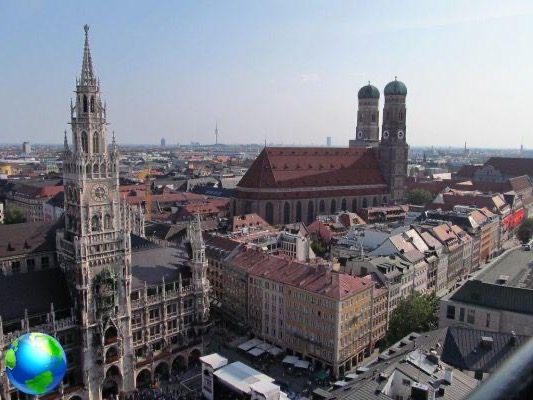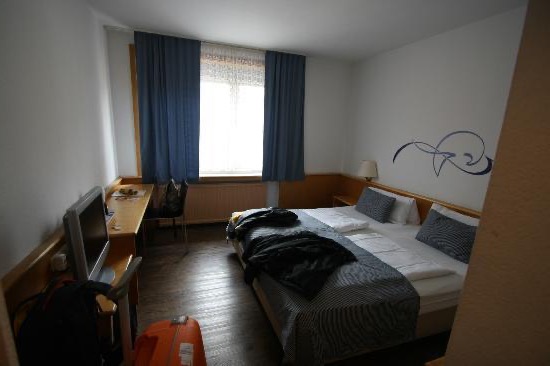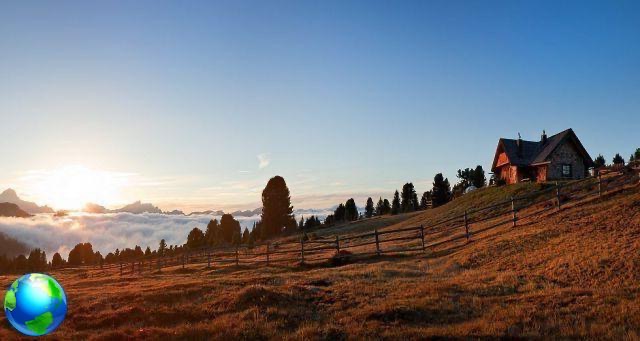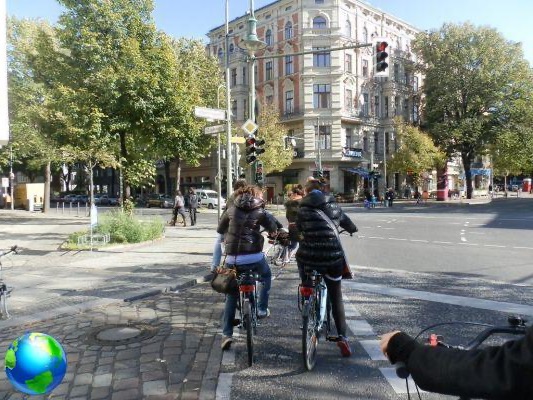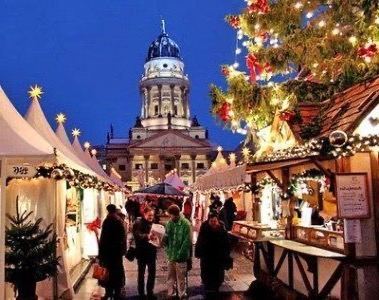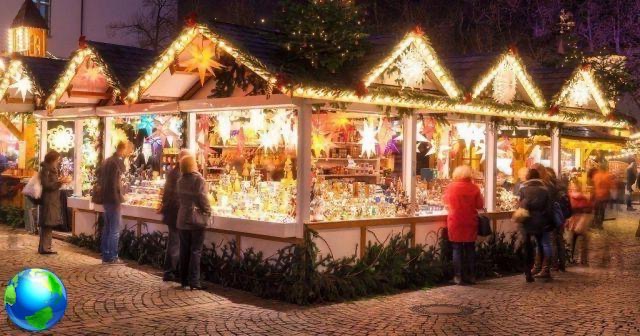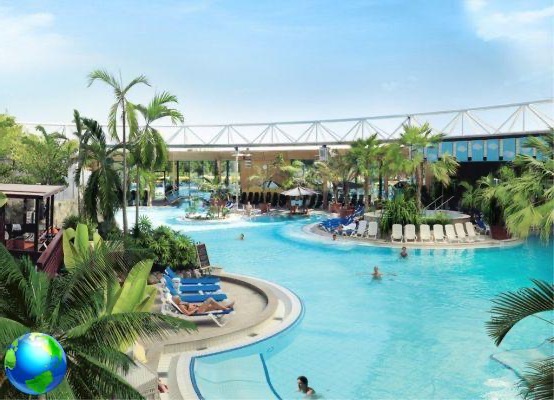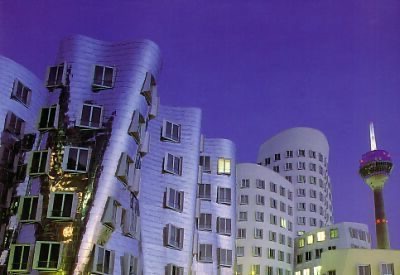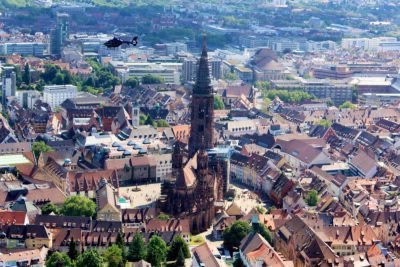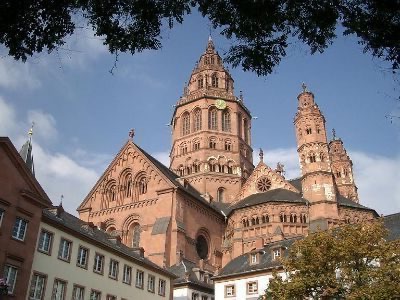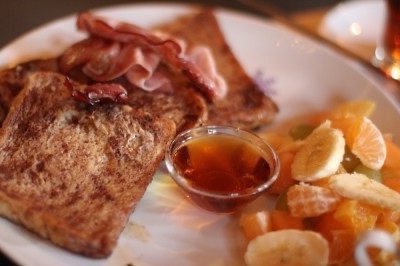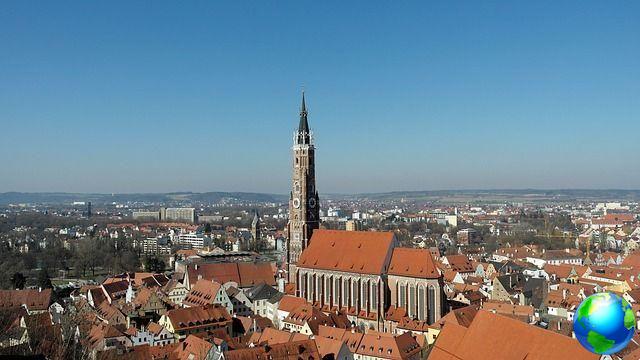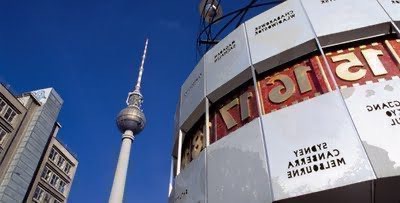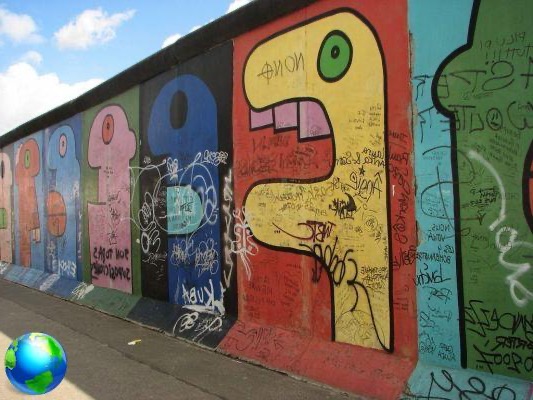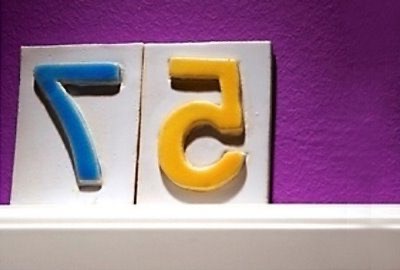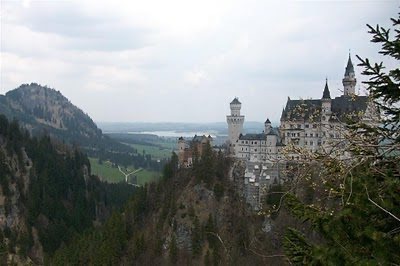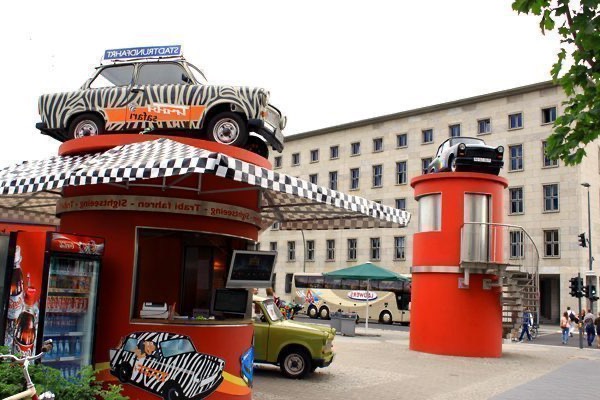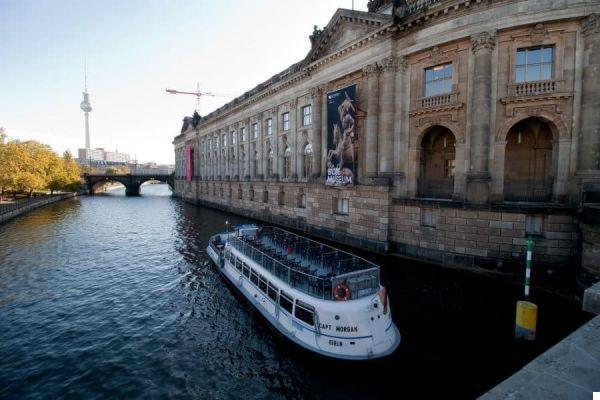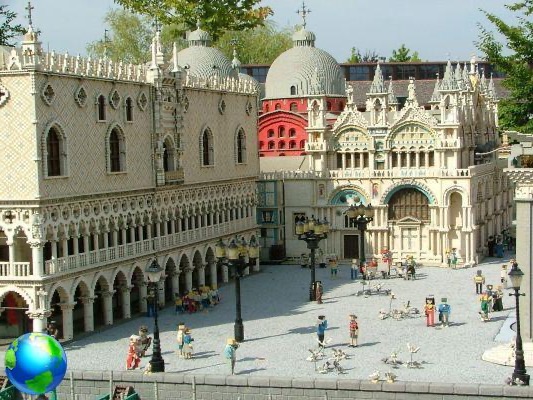Rühstädt is a small town in Germany known for its storks. A village that can be reached on a day trip from Berlin or Hamburg and which is located on the banks of the Elbe.
Is called Rühstädt, is located in Hamburg, and is nicknamed Storchendorf, or the village of storks. In fact, in this village with less than a thousand inhabitants, every year many storks arrive to give birth to their young.

In particular, early arrivals generally begin at the end of March with groups from Spain, until April, with groups of storks arriving from Africa. The roofs of the houses are already prepared and the empty nests remain there all year round waiting for a couple to occupy it and often there are real quarrels between couples to win the favorite nest.
The ideal time to visit the country is summer. Since June, when i cicognini they are just born and look out from the nests, cared for by their parents. Yes, because both the mother and the father remain to take care of the children. In fact, in the nearby meadows it is very easy to meet storks looking for food.

In July the puppies learn to fly, in fact they can be seen walking around with their parents while they do their "flight tests". After the summer and with the pups already well grown, the groups of storks migrate back south and towards the warm areas.
Where to observe the storks?
At the entrance to the town there is a small one tower and climbing up it is possible to see many nests up close and if you are passionate I recommend you bring binoculars. In the center of the village, there is the Storchenhaus, the house of the storks, where you can see live images from a nest. You can also buy small souvenirs of the city. We bought a small plush cicognino and the gentleman gave us a postcard complete with a stamp!
A curious thing is that under each nest there is a slate wooden board on which the dates of arrival and departure and the number of puppies of the couple are written each year For those who stay in the place several days, the Stochenfeierabend in the evening is not to be missed.

Difficult word to translate, I will only explain the meaning: every evening, at sunset, the storks retreat to their nests and all over the country you can hear the beating of their wings. For the inhabitants it is an almost sacred moment and for the visitors as well. Unfortunately I have not been able to see it, I will do it again next time.
How to reach Rühstädt
It is a great destination for one day trip starting from cities in the north of Germany, like Berlin o Hamburg. From Berlin it takes about two hours by train to Bad Wilsnack and then by bus. From Hamburg it's two and a half hours.

And since it is now almost impossible for me to imagine a trip without a bicycle, I strongly recommend you use it, to also see something in the surroundings. Mine recommended itinerary is: to arrive by train to Wittenberge (do not forget the final E, as it is not the more famous Wittenberg, Luther's city). And then continue by bike to Rühstädt. The region is well organized from a cycling point of view, and even if many sections are off cycle paths only, they are still located on roads with little traffic.
The first stretch along the Elbe cycle path it seemed a bit boring, with swampy and not very green landscapes. As you go inland the landscapes become greener, you will come across many country villages, with cultivated fields and farms.

We from Rühstädt, traveled to Bad Wilsnack by bicycle, and from there we took the regional train.
What else to add, here is a destination not very frequented by the masses, but equally deserving if you pass through Germany, all at a really low price if you use the Länder Tickets, with prices ranging from 44 euros for one person all day.




